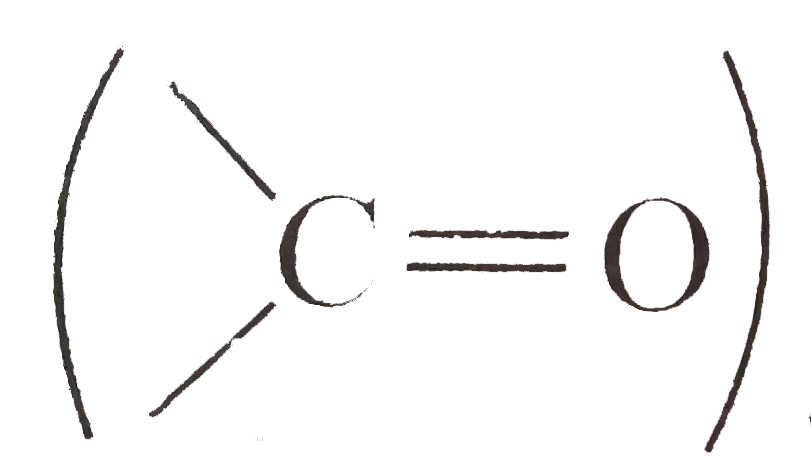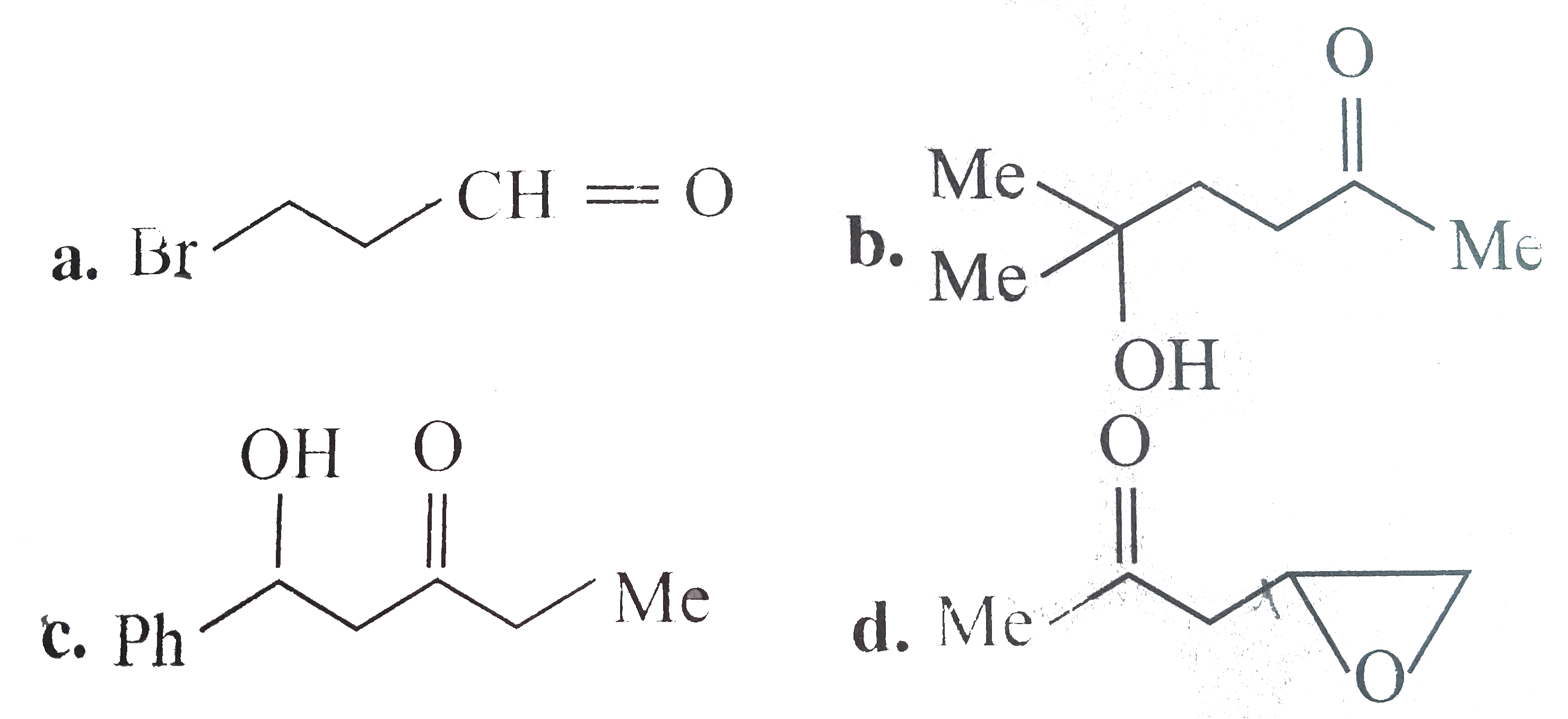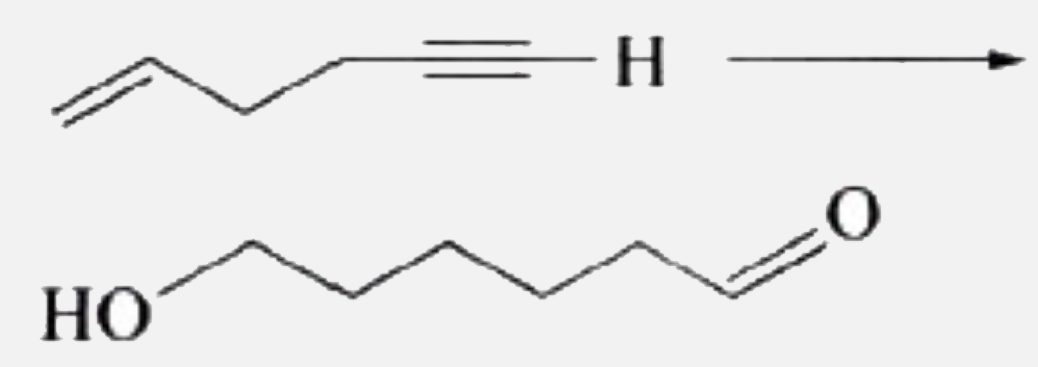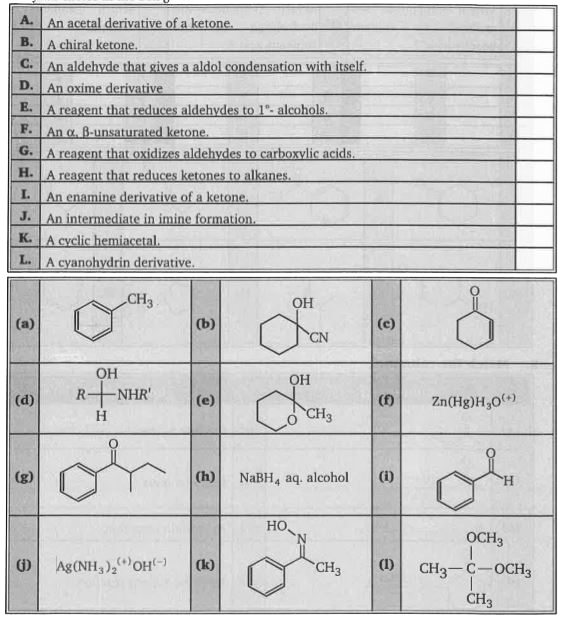Select a best fertilizer.
Bacillus thuringiensis and lichens
synthetic fertilizers
Azolla and cyanobacteria
all of the above
The correct Answer is:3
To select the best fertilizer from the options provided, we will analyze each option step by step:
Step 1: Understand the options
The options given are:
1. Bacillus thuringiensis
2. Lichens
3. Synthetic fertilizers
4. Azolla and cyanobacteria
5. All of the above
Step 2: Analyze Bacillus thuringiensis
- Bacillus thuringiensis (Bt) is a gram-positive bacterium known for producing a toxin that is effective against certain insect pests.
- It is primarily used in genetically modified organisms (GMOs) like Bt cotton, which is resistant to insects.
- Conclusion: It is not a fertilizer.
Step 3: Analyze Lichens
- Lichens are symbiotic associations between fungi and algae or cyanobacteria.
- They are not used as fertilizers but can be found on the roots of higher plants and contribute to soil formation.
- Conclusion: They are not a fertilizer.
Step 4: Analyze Synthetic Fertilizers
- Synthetic fertilizers are chemical products designed to enhance soil fertility.
- While they can increase crop yields, they may have negative effects on soil health and the environment.
- Conclusion: They are not considered the best option for sustainable agriculture.
Step 5: Analyze Azolla and Cyanobacteria
- Azolla is a free-floating aquatic fern that has a symbiotic relationship with cyanobacteria (e.g., Anabaena).
- This association is known for its ability to fix atmospheric nitrogen, converting it into ammonia, which is beneficial for plant growth.
- Conclusion: Azolla and cyanobacteria are considered biofertilizers and are effective in enhancing soil fertility sustainably.
Step 6: Final Conclusion
- The best fertilizer among the options provided is Azolla and cyanobacteria due to their ability to fix nitrogen and improve soil fertility without the negative impacts associated with synthetic fertilizers.
Answer:
Azolla and cyanobacteria are the best fertilizers.
---
The options given are:
1. Bacillus thuringiensis
2. Lichens
3. Synthetic fertilizers
4. Azolla and cyanobacteria
5. All of the above
- Bacillus thuringiensis (Bt) is a gram-positive bacterium known for producing a toxin that is effective against certain insect pests.
- It is primarily used in genetically modified organisms (GMOs) like Bt cotton, which is resistant to insects.
- Conclusion: It is not a fertilizer.
- Lichens are symbiotic associations between fungi and algae or cyanobacteria.
- They are not used as fertilizers but can be found on the roots of higher plants and contribute to soil formation.
- Conclusion: They are not a fertilizer.
- Synthetic fertilizers are chemical products designed to enhance soil fertility.
- While they can increase crop yields, they may have negative effects on soil health and the environment.
- Conclusion: They are not considered the best option for sustainable agriculture.
- Azolla is a free-floating aquatic fern that has a symbiotic relationship with cyanobacteria (e.g., Anabaena).
- This association is known for its ability to fix atmospheric nitrogen, converting it into ammonia, which is beneficial for plant growth.
- Conclusion: Azolla and cyanobacteria are considered biofertilizers and are effective in enhancing soil fertility sustainably.
- The best fertilizer among the options provided is Azolla and cyanobacteria due to their ability to fix nitrogen and improve soil fertility without the negative impacts associated with synthetic fertilizers.
Azolla and cyanobacteria are the best fertilizers.
Topper's Solved these Questions
Similar Questions
Knowledge Check
Select the best method for the preparation ofthe following compounds :
 Areaction of cyclohexanone with CH3LiBreaction of 1-methylcyclohexene with Hg(OAc)2 followed by NaBH4Creaction of cyclohexene withBH3:NaOH/H2O2, following by CH3BrDreaction of cyclohexene with MCPBA, followed by CH3MgBr
Areaction of cyclohexanone with CH3LiBreaction of 1-methylcyclohexene with Hg(OAc)2 followed by NaBH4Creaction of cyclohexene withBH3:NaOH/H2O2, following by CH3BrDreaction of cyclohexene with MCPBA, followed by CH3MgBr
Seed may be defined as the fertilized …….
View SolutionSelects the best way for reducing

group in each of the following:
View SolutionSelect the best reagent (s) to accomplish the following transformation

View SolutionIn human female, the fertilized eggs gets implanted in uterus
(a) After two months of fertilization
(b) After one month of fertilization
(c) After 3 weeks of fertilization
(d) After about 7 days of fertilization
View SolutionThe wrong statement about fertilization /post fertilization change in humans is
View SolutionSelect the best choice for example (A to L) from the examples (a to n) given below. Write your choice in the box given.


View SolutionCleavage in the fertilized egg of humans :
View Solution
